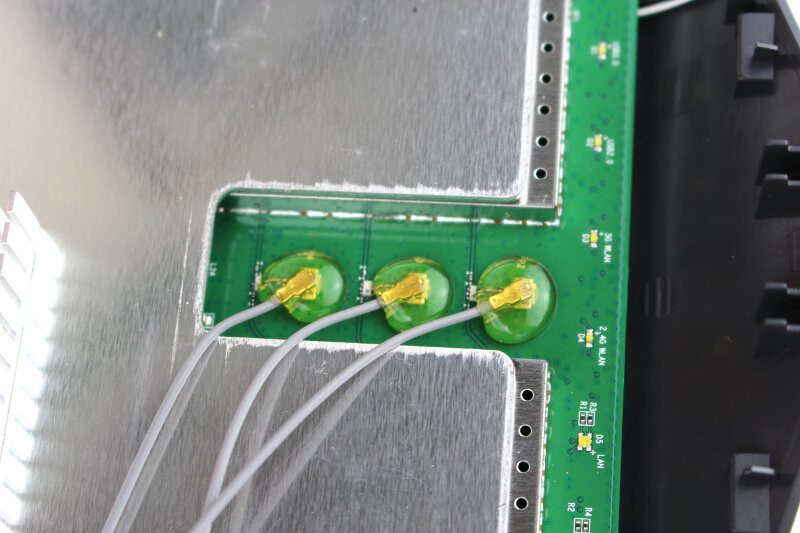D-Link DIR-890 AC3200 Ultra Triple-Band Wi-Fi Router Review
Bohs Hansen / 9 years ago
A Closer Look
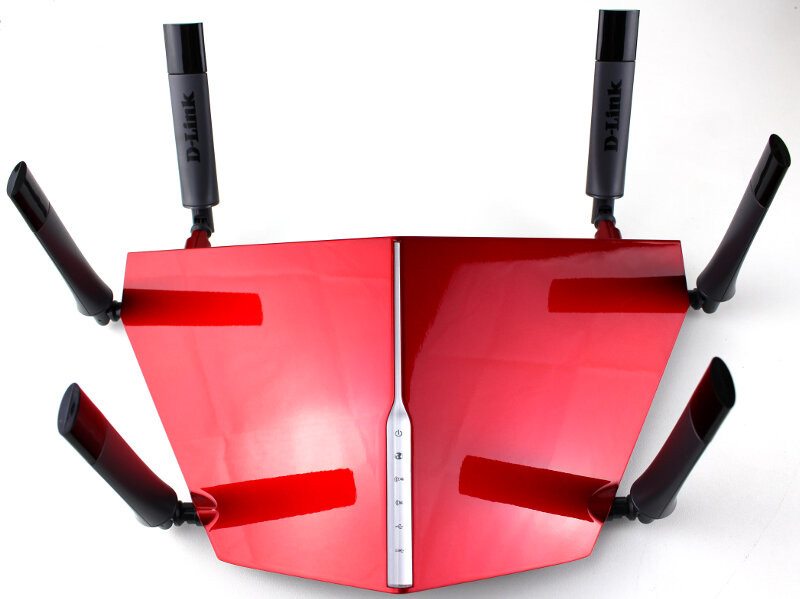
When you first unpack your brand new D-Link Ultra AC3200 router, you’ll notice that the router itself is well covered and protected too. It has protective film over the entire top as well as the antenna tips to prevent any scratches prior to you receiving the unit.
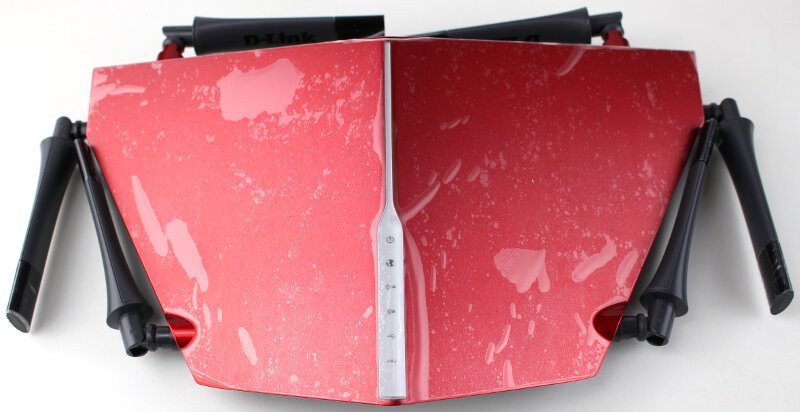
The complete bottom side of the router has air vents, making sure that the hardware inside can breath properly and won’t overheat.
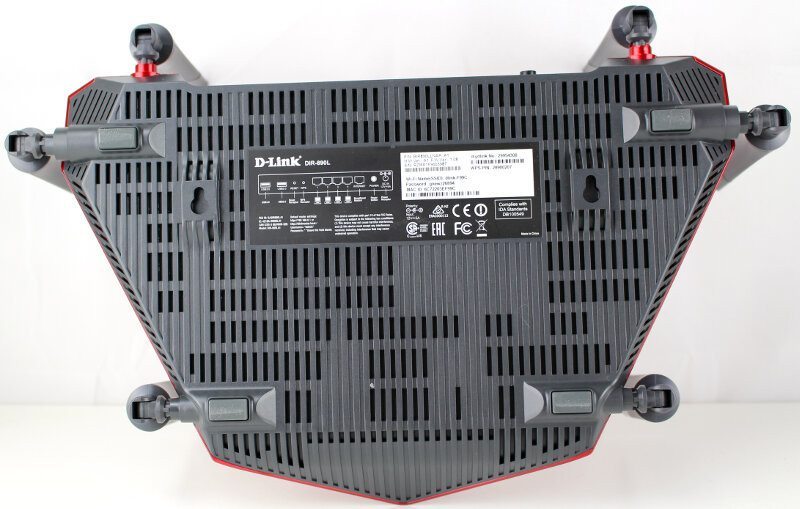
There is also a large sticker with all the default values on the bottom as well as a diagram of the ports, buttons, and connections the router has. For once everything is located in one place and that makes it very convenient.
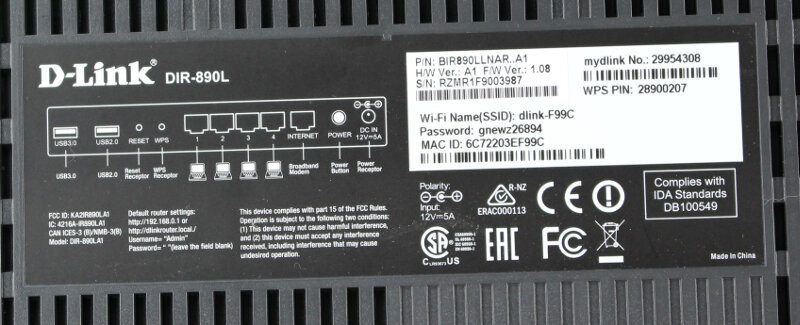
Turning the router back over again and we see the LED stripe in the middle of the router. There’s an LED for power and status, The internet, 2.4GHz and 5GHz wireless bands as well as separate LEDs for the USB 2.0 and USB 3.0 port. Weirdly enough D-Link added one LED for both 5GHz bands but still added two for the USB. Maybe it was a matter of the overall design.
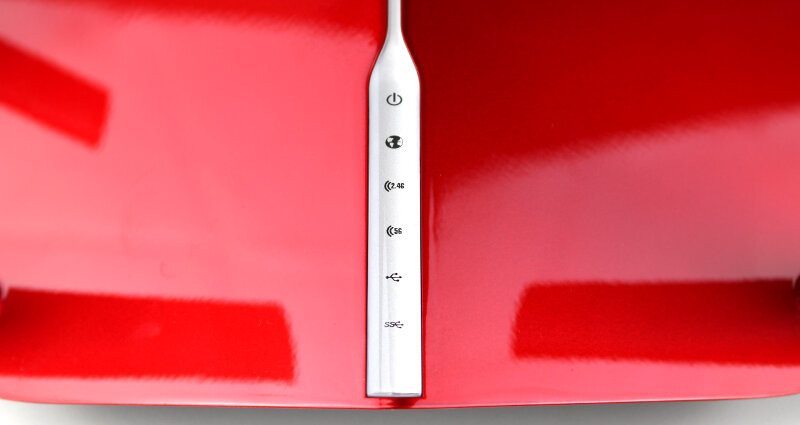
Turning the router once more and having a closer look at all the ports and we notice that everything is collected in one place once again. The two USB ports are on one side followed by the reset and WPS buttons. Next are the LAN and WAN ports followed by a power button and the power connection all the way to the side.

Opening up the router is easy as far as lifting the cover up and having a look inside, but from there on it gets tricky due to the built-in antennas.
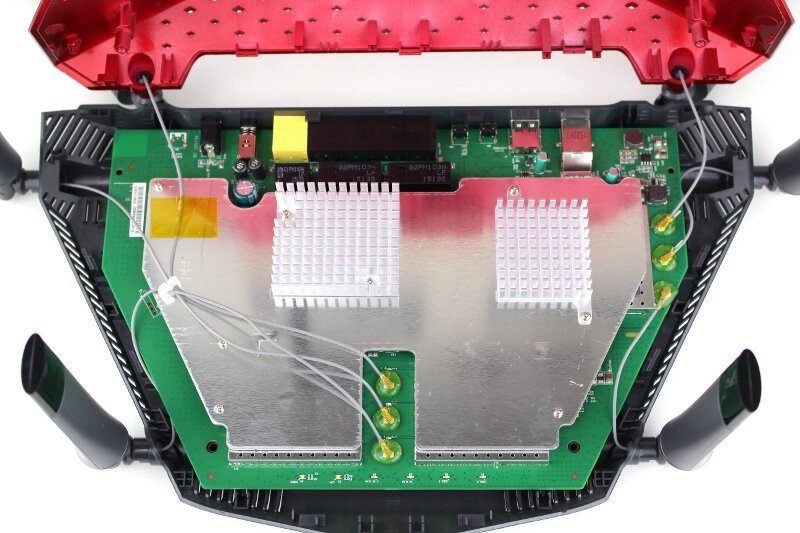
The large PCB is covered with a huge heatsink with two attached fin areas and the bottom side of the motherboard has another large heatsink similar to the top one. This should ensure that the components can dissipate the accumulated heat easily and thereby keep the performance and lifetime up.
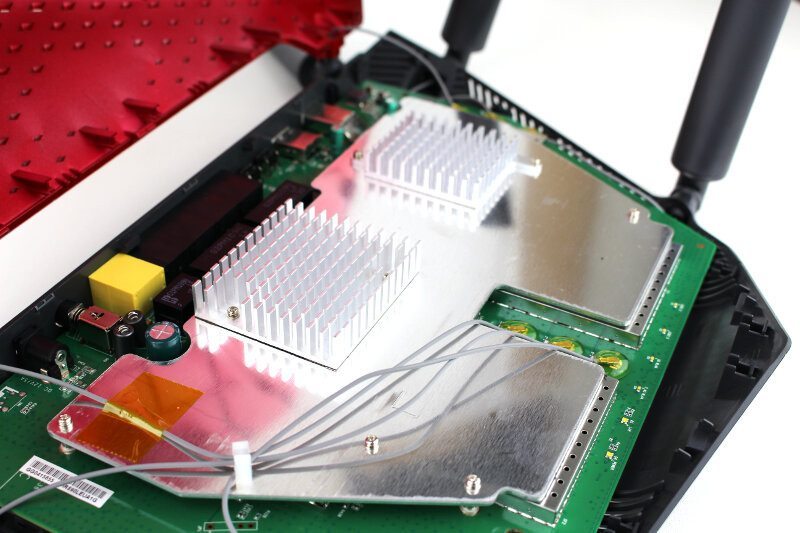
The antenna connectors inside are the same default connectors that you find in any device, which means that you could modify it with DIY aftermarket antennas and some modding skills, but that’s for the advanced and crazy people.
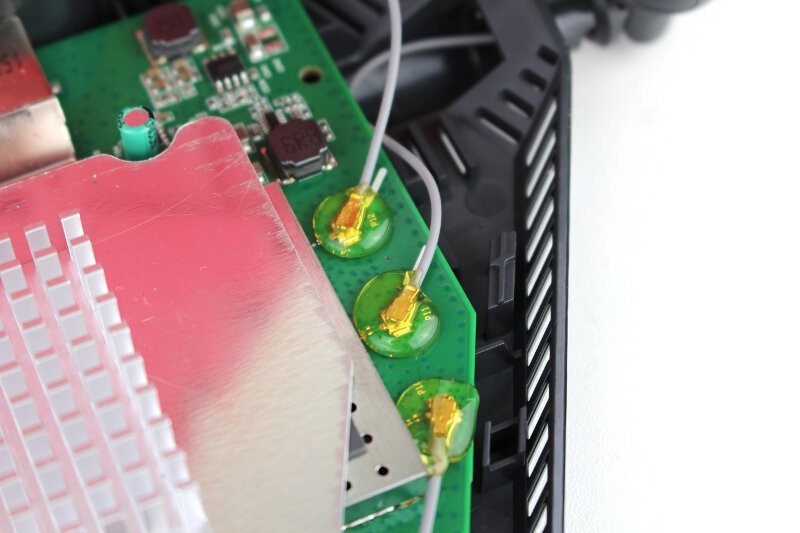
The glued on antenna connectors and general setup prevent me from taking the router further apart without the risk of being able to put it back in proper working condition again. I deemed that it would be a shame to destroy a perfectly good router just for a few more images that most people don’t really care about anyway.
